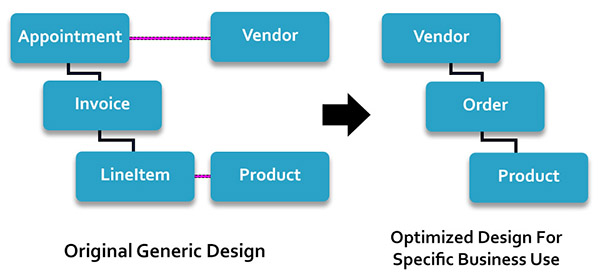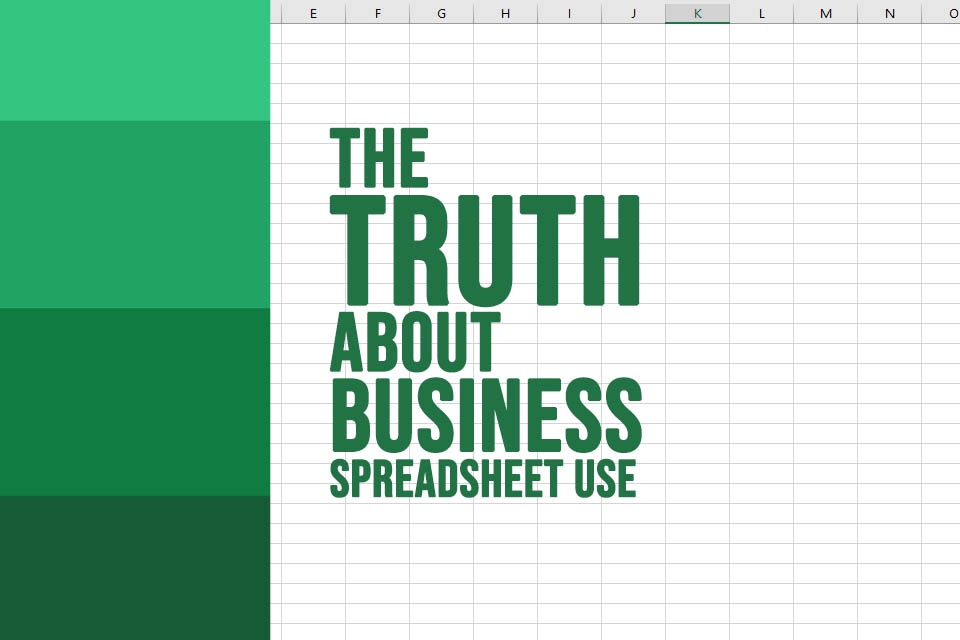1 - You’re underqualified, Sorry!
A typical job description for a database administrator requires a bachelor’s degree in computer science and around 5 to 7 years of experience. Companies require this level of expertise surrounding databases because they understand that quality talent will lead to quality databases.
Now certainly many of the DIY database solutions out there don’t expect you to have anywhere near this level of experience. However, do you think it’s possible these companies have created DIY database software so good that it can condense 4 years of college, and 5-7 years of working experience into a few minutes of clicking for a beginner? We don’t think so...
You can absolutely create a database with these DIY tools, but will it be user friendly, will it scale with time, will it be fast? These are just a few of the usual underqualified dangers that lead to DIY database project failures.
2 - A poorly designed database is hard to fix.
You might be thinking, “I’ll learn as I go and fix my mistakes later!” Unfortunately, a poorly designed database is not something that a few keystrokes can resolve.
Bad databases generally need restructuring in order to be corrected. This involves reviewing the data across the entire database, splitting it up and reorganizing it into a structure that’s purpose built for how the data is accessed and stored. In many instances, this can mean a total redesign for not only the database but also any interfaces, features, utilities or reports. As you can imagine this can take a lot of time and you’ll ultimately be throwing away all your prior work.

3 - It’s not going to save you a ton of money.
At the time of writing this article, the DIY database software solutions currently on the market average around $150 per month. However, what many people don’t factor into this monthly fee is their own time learning, designing and supporting their own database.
I think we can all agree that when using any new software, there’s some sort of learning curve. In that initial learning phase, you’re going to be spending a lot of time reading documentation and applying your knowledge to your database. Due to the previously stated points in this article, you’re going to make mistakes that need fixing.
Now it’s impossible to estimate everyone’s learning curve but based on our experience with these DIY solutions, we think it will take most beginners roughly 3 times longer than someone who knew the software already to build their database. So, for example, if you make $40 an hour and it takes you 3 hours to do 1 hour of database development, your personal database development costs $120 an hour. At this rate, you can hire professional software engineers to build your database for you and do it correctly the first time.
4 - You’ll create a ticking timebomb.
A database needs to do more than just store data. A database needs to scale!
As additional data is added/modified, a database can become slow or in some cases unusable. Sometimes something that worked minutes earlier can screech to a grinding halt. When something like this happens, you don’t want to be on the receiving end of that phone call.
THE DATABASE IS DOWN!!!
One of the biggest ticking timebombs to building your own database is that many of the DIY platforms simply do not have a solution for you when your database exceeds a certain size or a certain feature is not running quickly. You’re on your own and the only solution is to redesign your database to fit the DIY platform better, rather than fit your business.
A skilled database designer will see these problems before they ever occur preventing the database fire drills and angry phone calls.
5 - It can be an additional full-time job.
Most people who are taking on the task of building their companies DIY database already have an existing job with responsibilities. You might not realize it, but you will find building and maintaining a database is a full-time job in itself.
The interfaces of the DIY solutions offer hundreds of different settings you can adjust. Some items are functional changes while others are purely cosmetic. Tweaking all these settings to get what you want takes a very long time. You often won’t realize a lot of these things until later when you’re actually using the product. You’ll then relentlessly find yourself flipping into the settings view to add that “One More Thing”.
Additionally, later when rolling out your new database to your workforce, it is absolutely inevitable that you will get an unbelievable amount of opinions and suggestions as to how something should look or work. Especially when they find out that everything is configurable and all you need to do is click some buttons.
You might laugh off this point but you would not believe how people react when you give them unlimited customization. You’ll instantly be the computer wizard that everyone thinks can solve their problem effortlessly. Most people do not enjoy wearing this additional hat.
When it comes to designing databases, we suggest you leave it to the pros!
This article was written by Node14, a custom database development software firm. We build, host and maintain your database for you so you don’t have to worry about any of this. Reach out via Node14.com for a consultation today.
You Might Also Like This Article:
The TRUTH About Running Your Business On Spreadsheets
Do you run your business on spreadsheets? Learn the true facts, upsides, downsides and solutions to business spreadsheet use.
Read More ⟶